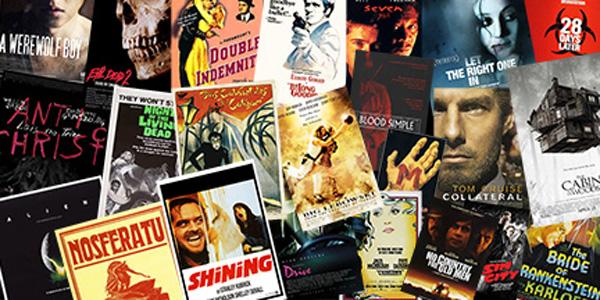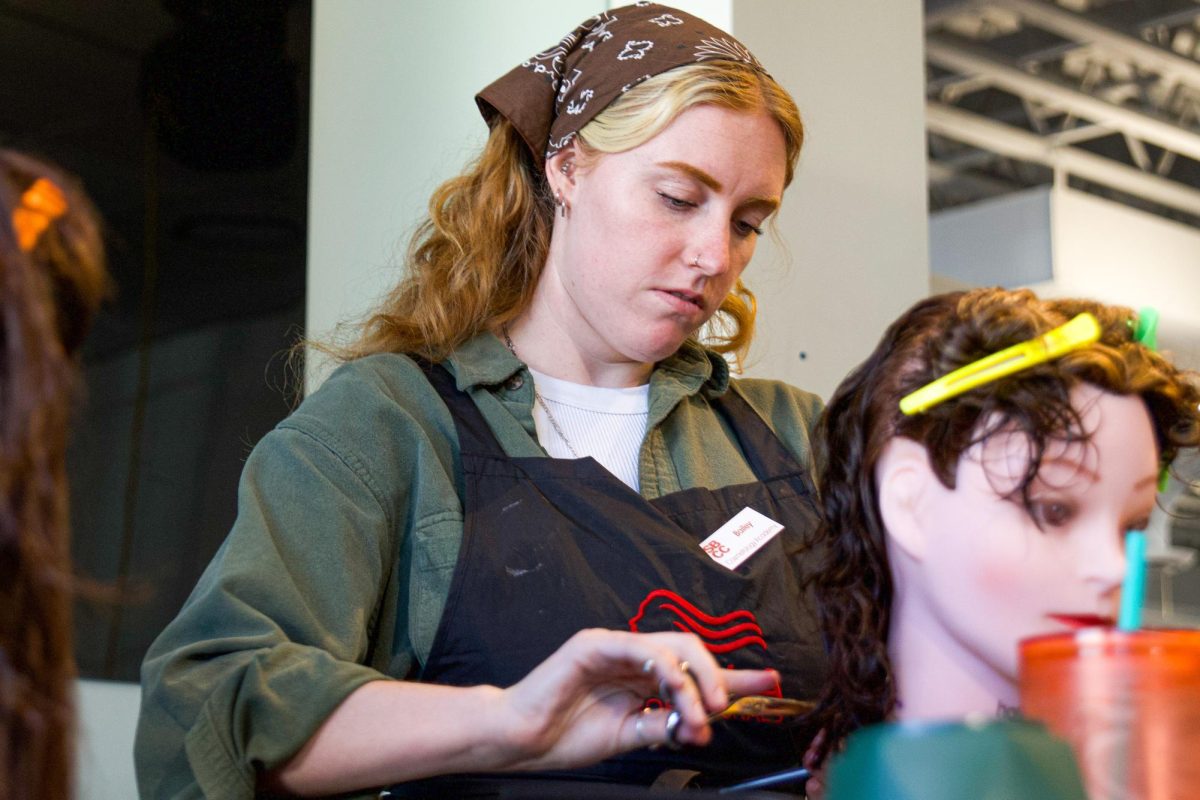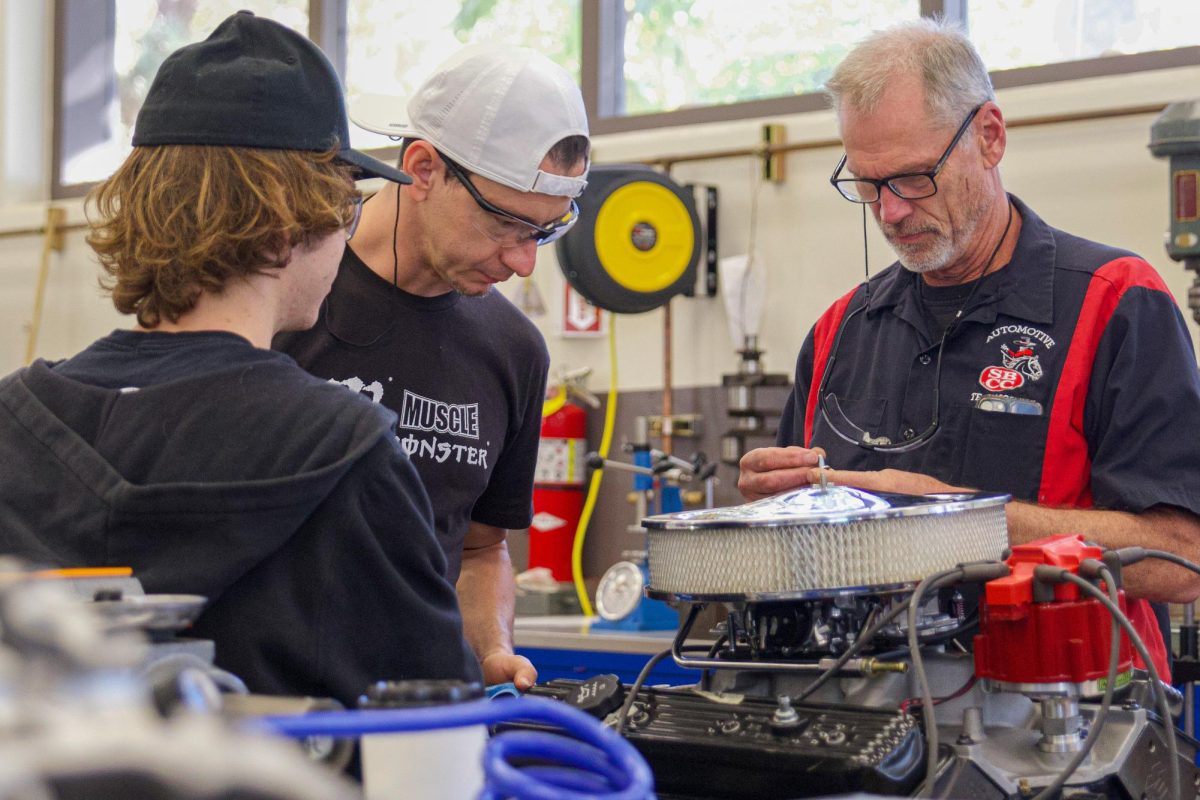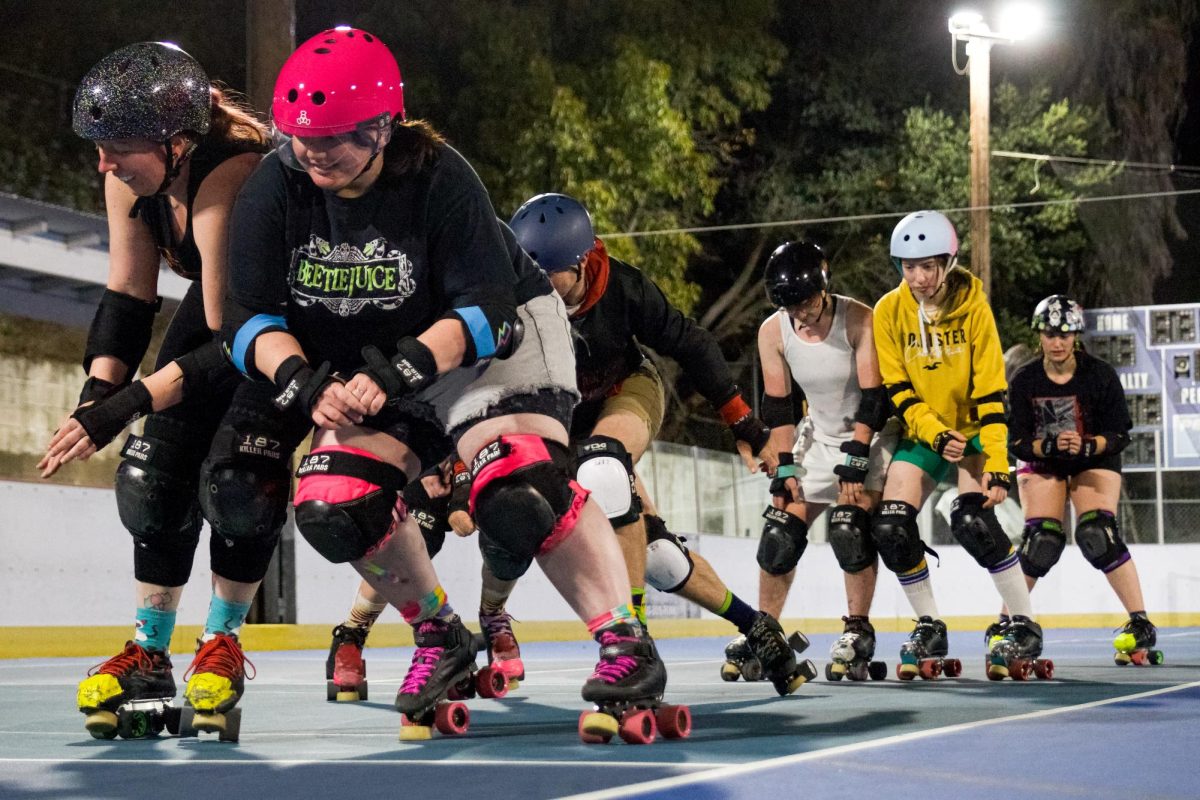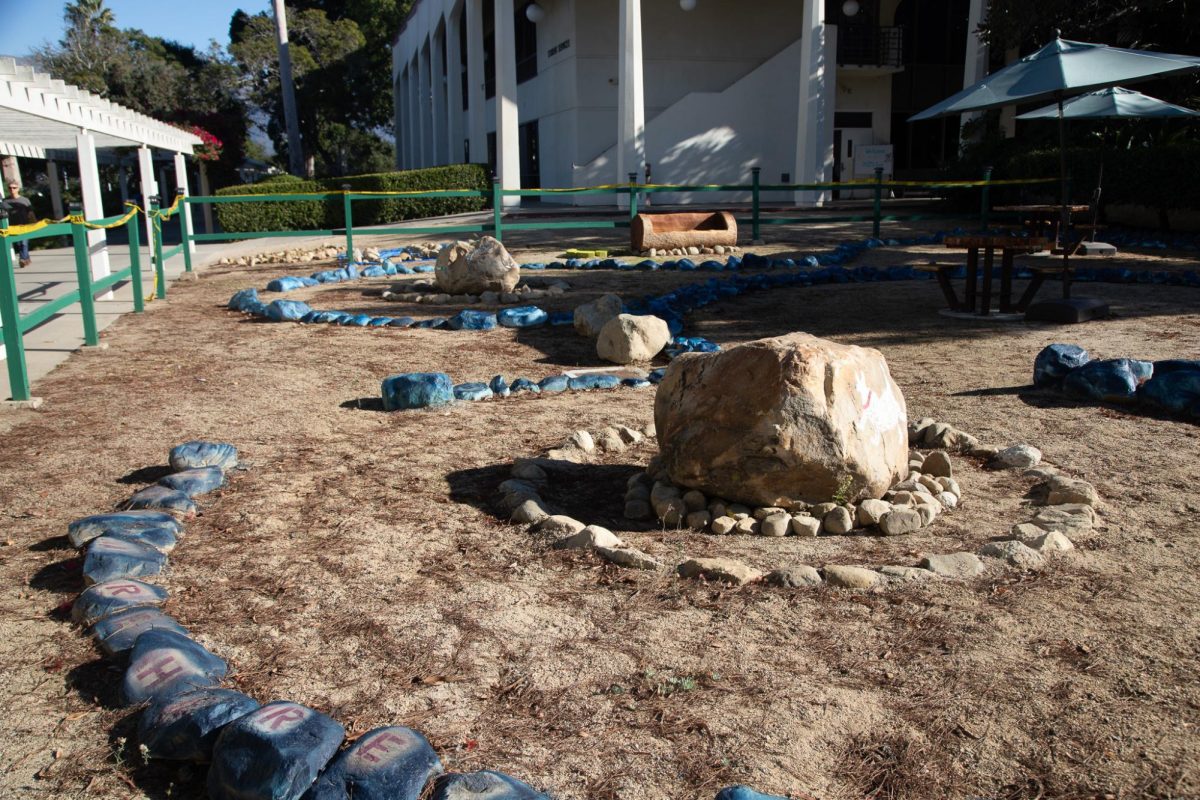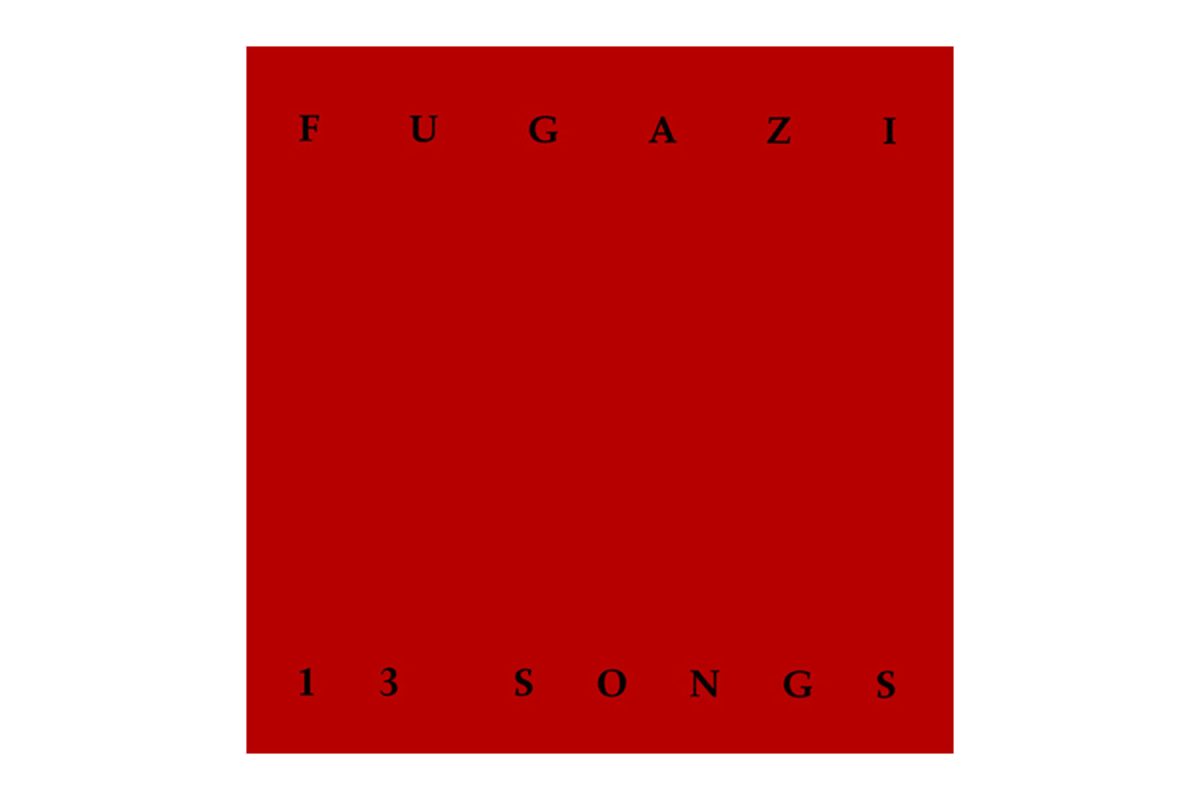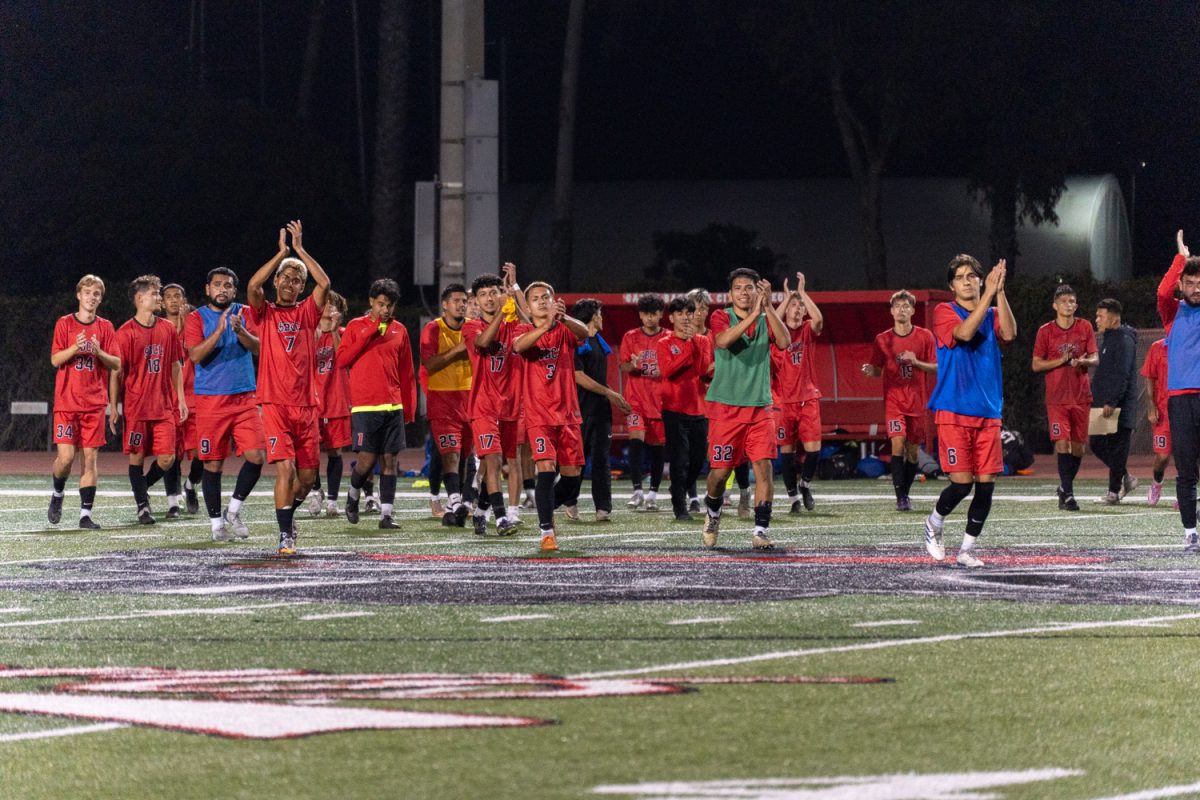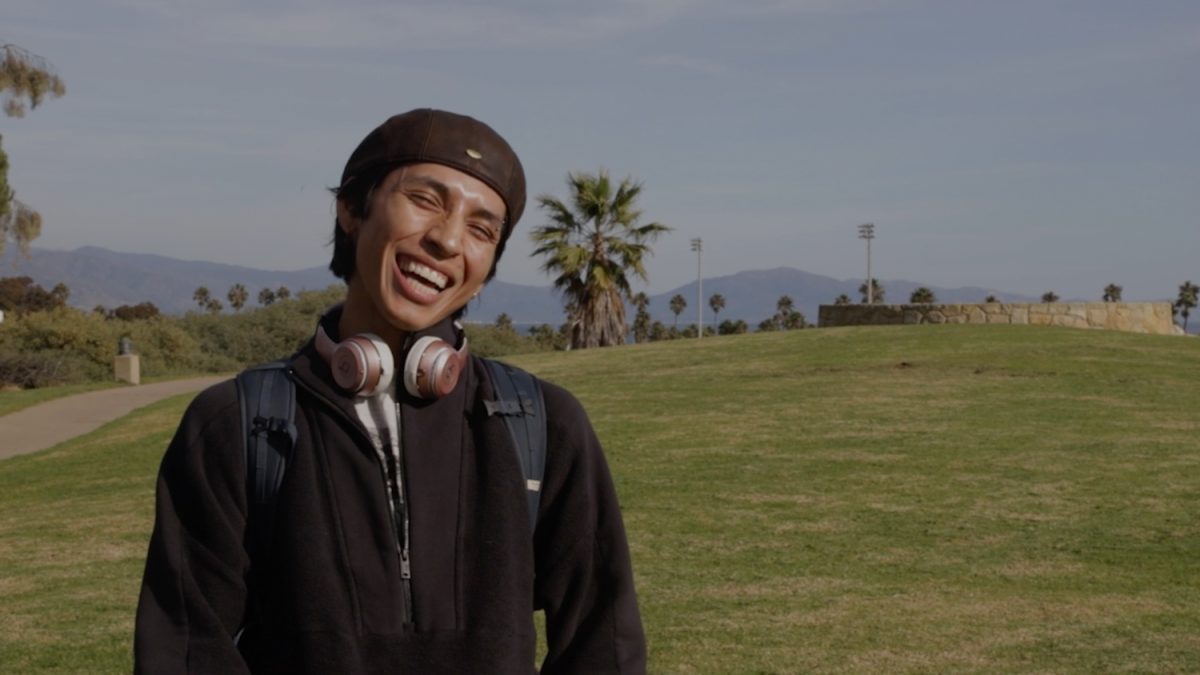“The Big Lebowski,” “Seven,” and “Drive” are not movies one would expect to see when envisioning a class based around the horror and film noir genres.
On Mondays and Wednesdays, the film genres class does exactly that, in the Business Communications Building in the Fé Bland Forum. It covers movies reaching from as far back as 1922 to as recent as 2012.
“I wanted to pick movies to build basic conventions of the genre, but also pick films that broke those conventions,” said Michael Albright, adjunct Film Genres instructor. “Very often it’s what you don’t see or what’s lurking in the shadows is what becomes the most important part of the film.”
The Fé Bland Forum is home to many of the film department’s classes because of its large size, lit theater with stadium style seating, and violet upholstered chairs with retractable desks.
The class switches the genre focus every semester. Their options include: horror, film noir, western, science fiction, musicals, and crime films. Albright has taught at City College for two semesters and has “bounced around” California universities where instructors are needed.
“[It’s] a fun class to teach because there are a lot of taboos within horror films.” said Albright. “No other film or genre can talk about what was going on at the time like a horror film.”
Many of the movies have social and political implications that extend far beyond the silver screen.
‘Night of the Living Dead,’ was produced in 1968 and is “very much about race,” said Albright.
“With the civil rights movements happening in the ‘60s, the assassination of Martin Luther King Jr.… All of those themes are in it,” he said. “Also, the lead character is an African-American, which was pretty uncommon for the time.”
Jaclyn Murdock, a Film Production major, is enrolled in the class and said she enjoys her time spent in the two hour lecture despite the occasionally uncomfortable seats.
“[Albright] is so funny and really knows what he’s talking about,” said Murdock. “Film genres is a cool class because every teacher you get will be different. They will use their own list of movies to teach the class.”
The genres are chosen to all be taught in the same semester because of their stylistic similarities rooted in German Expressionism.
”This is a more analytical sort of class,” said Murdock. “Whereas [other classes] would be more of dates, times and memorizing.”
A lot of camera angles, lighting choices and other cinematic techniques, are universal throughout all films. However, there are elements and ideas with specific implications within horror and film noir movies.
“When you see a hatchet you think immediately of a horror film, it’s all language. It’s like an alphabet,” said Albright. “The ordering and the way that those letters or objects are used in a film are really important to understand how [movies] work.”
Albright realizes that not all of his students will focus on film studies or creating movies for their occupation, however he hopes that those students will take this experience and apply it as an audience member with a broadened perspective.
“I hope they continue to be cinephiles, lovers of cinema, we need the youth of America to continue to go to movie theaters and film festivals,” said Albright. “Once the audience dies then so do movies.”


